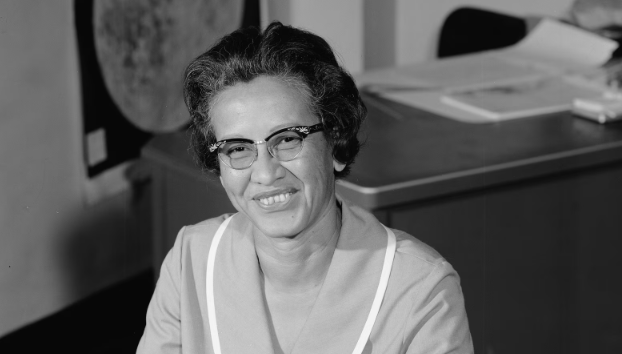NASA’s ‘Hidden Figures’ Awarded Congressional Gold Medal for Pioneering Contributions

NASA’s pioneering Black women mathematicians, famously known as the “Hidden Figures,” have been awarded the prestigious Congressional Gold Medal for their groundbreaking work that transformed space exploration. Katherine Johnson, Dorothy Vaughan, and Mary Jackson played a critical role in NASA’s early space missions, overcoming racial and gender barriers to make vital contributions that were largely unrecognized for decades.
These trailblazing women were instrumental in calculating the flight trajectories for some of NASA’s most historic missions, including John Glenn’s orbit around Earth and the Apollo 11 moon landing. Their mathematical genius helped ensure the success of these missions, advancing America’s space program during the height of the space race.
The Congressional Gold Medal, one of the nation’s highest civilian honors, recognizes their significant impact not only on space exploration but also on social progress, as they shattered racial and gender stereotypes in a segregated work environment. The contributions of these women were brought to mainstream attention through the book and 2016 film Hidden Figures, which depicted their extraordinary achievements at NASA’s Langley Research Center.
Katherine Johnson, in particular, was known for her hand-calculated orbital equations that were vital to Glenn’s 1962 spaceflight. Dorothy Vaughan became NASA’s first Black supervisor, while Mary Jackson went on to become NASA’s first Black female engineer. Together, their contributions laid the groundwork for future generations of women and people of color in STEM fields.
The Congressional Gold Medal celebrates their legacy, not only as unsung heroes of space exploration but also as champions of diversity and inclusion. Their work remains an inspiring testament to perseverance and excellence in the face of adversity.





